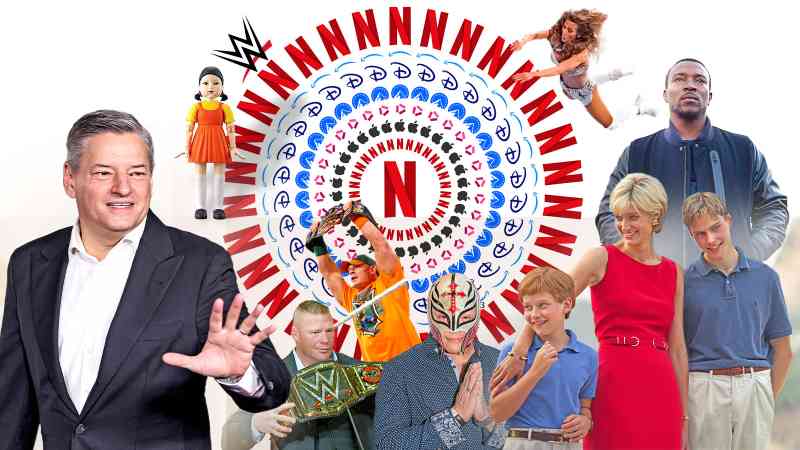Netflix takes the crown in battle of the streamers
Netflix’s chief executive, Ted Sarandos, was feeling sufficiently buoyed by the latest set of financial results to summon up the signature move of Dwayne “The Rock” Johnson, the wrestler-turned-actor. “If I could raise a single eyebrow one at a time, I would lean into the camera with the single eyebrow and do my best Dwayne,” Sarandos said.
The folksy American executive, 59, was inspired by the eye-catching announcement that the streaming service had struck a $5 billion, ten-year deal with World Wrestling Entertainment to broadcast its most popular weekly live show WWE Raw.
However, despite the razzmatazz surrounding WWE, the deal was eclipsed by the streamer’s numbers. Over the final three months of 2023, the group added more than 13 million subscribers, its best performance in three years, to take its total base to 260 million accounts.
Revenues over the quarter grew 12 per cent to $8.8 billion with net income of $938 million. The results fixed its position at the top of the streaming tree as it stretched its lead over its closest rival Disney+, which topped 150 million subscribers over the three months to the end of September but lost $387 million.
Netflix’s results prompted one US analyst to proclaim total victory for The Crown broadcaster. “It is becoming increasingly clear that Netflix has won the streaming wars,” Jessica Reif Ehrlich, at Bank of America, said.
Worryingly for its rivals, Netflix’s appetite for dominance shows no signs of slowing. It sees significant room for growth after estimating that it accounted for only 5 per cent of the $600 billion market across pay TV, film, games and branded advertising, with a share of viewing under 10 per cent in every country.
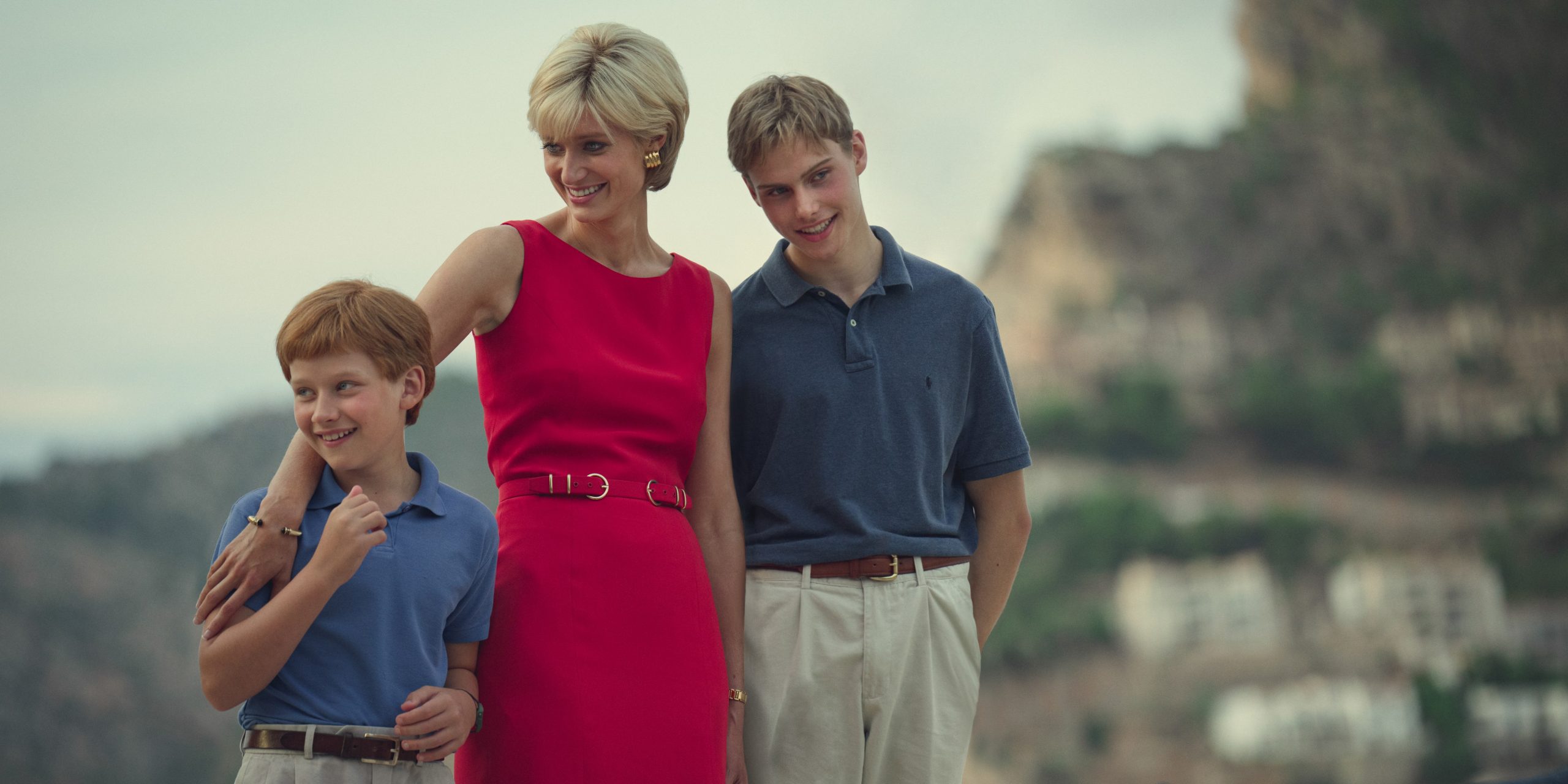
Advertising will be an important driver of growth, going hand-in-hand with its crackdown on password sharing by its users, tactfully described as the introduction of “paid sharing”.
It is to phase out its £7.99 per month basic package, which does not include ads, with subscribers forced to either adopt the £4.99 advertising tier or the costlier standard subscription, at £10.99 in the UK.
It is seeking to offer brands real scale by expanding the 23 million monthly active users who are on the ad-funded plan, which are yet to make a material impact to its bottom line. Encouragingly, 40 per cent of sign-ups opt for the advertising-supported plan in the 12 countries where it is available.
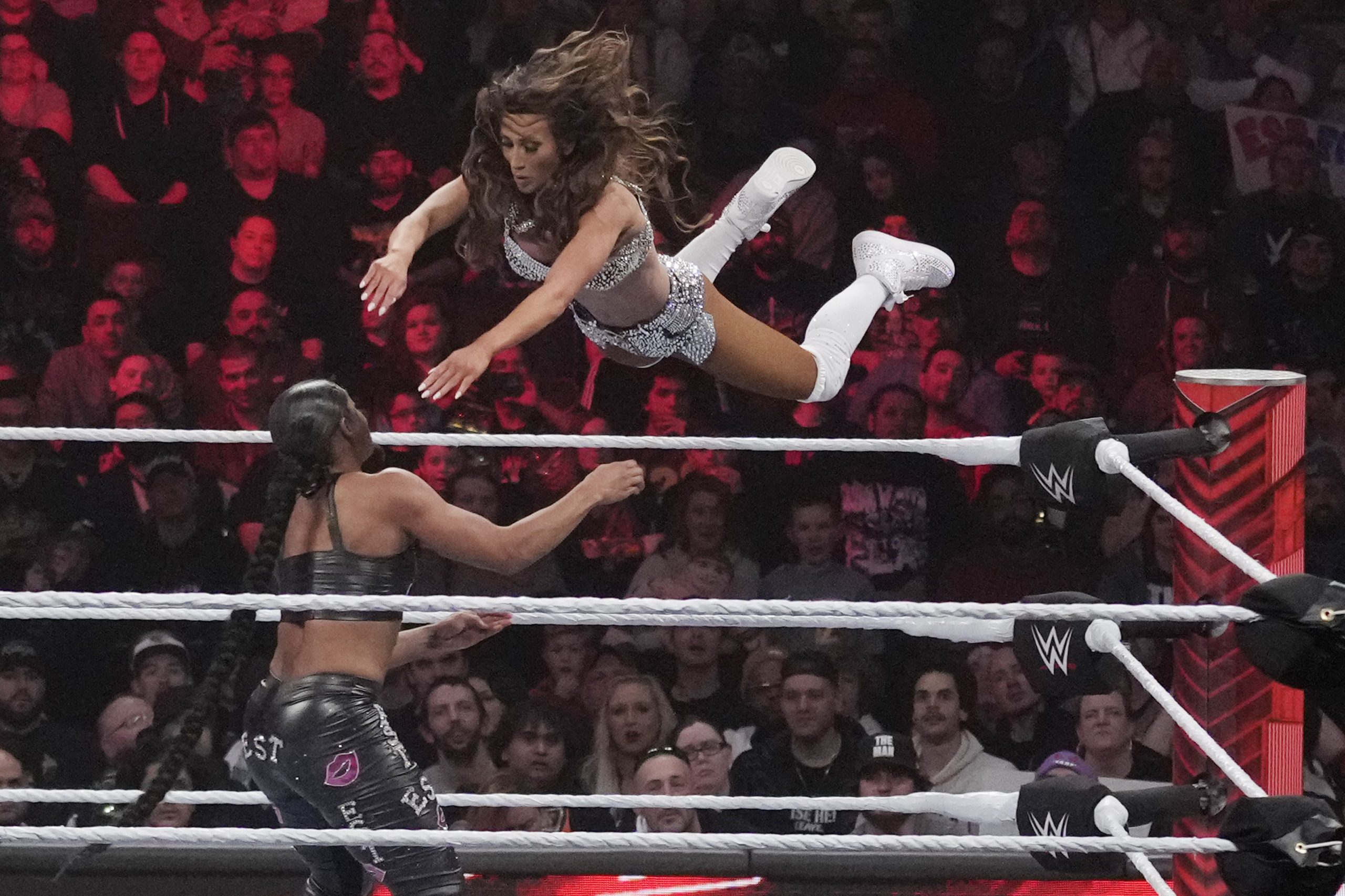
Greg Peters, the co-chief executive, indicated that it was back to “business as usual” after the password crackdown as he indicated that further price rises were on the horizon. “We largely put price increases on hold as we rolled out paid sharing,” he said. “Now that we’re through that, we’re able to resume our standard approach.”
Tom Harrington, head of television for Enders Analysis, said people were only prepared to pay for a maximum of three video subscriptions — with Netflix, Disney+ and Amazon Prime Video emerging as the dominant players. Newer entrants such as Paramount+, NBCUniversal’s Peacock and Warner Bros Discovery’s Max are expected to struggle in the battle for subscribers. “If you’re watching one service, then your sense of the value for money that the others provide is lowering,” he said.
He pointed to the market-leading 45 minutes per day users spend with Netflix as driving its unexpected success in converting “parasitic” users who have been password sharing for up to a decade.
“The outperformance of this initiative is fundamentally a testament to the product itself,” he said. “If you have been getting something for free for a long period of time then it is difficult to persuade people to pay but Netflix appears to have converted many non-paying users.”
This leaves less room for rivals, who are starting to question how far they can compete. They are selling increasing numbers of the shows they produce back to Netflix, aborting the hardline stance of “warehousing” content to help build their own services.
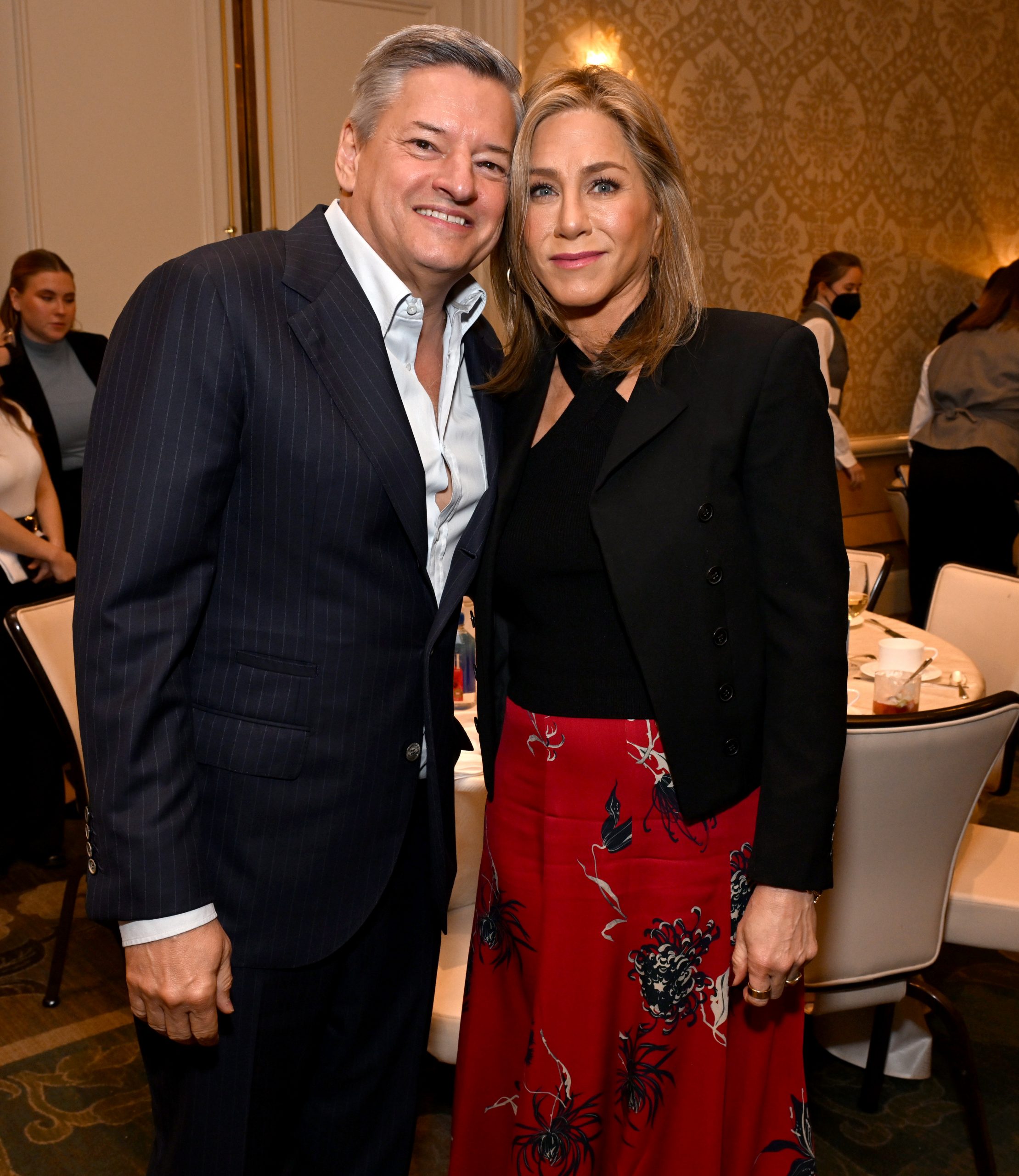
Disney has struck a wide-ranging deal with Netflix for titles including Lost, This Is Us and How I Met Your Mother, while the legal drama Suits enjoyed a renaissance after being sold to its rival by NBCUniversal. HBO’s Sex and The City is expected to follow, rather than remaining solely on Max.
“Everyone has started to licence their content again because they have to make money,” Harrington said. “They have all this content that people aren’t watching and they can sell it to someone else. The market wanted content to be kept exclusively but everything has changed and people need to be a bit more realistic about spend.”
Paolo Pescatore, analyst for PP Foresight, said that Netflix remained in “pole position” because it was unencumbered by the legacy businesses that dogged the TV networks. Neither did it have to consider the wider concerns of selling other products which hamper the focus on video for its tech rivals Amazon and Apple. “Netflix is definitely the king among all streamers,” he said. “It has a strong catalogue, broad offering and is moving towards being a one-stop shop for all video services.”
Pescatore echoed Netflix’s expectation that there will be further industry consolidation as consumers reject paying for a host of smaller services, potentially leaving Netflix, Disney+ and Amazon standing alone as the major players.
“Amazon has an inferior catalogue but becomes a key service for households because of the value of the overall subscription and you cannot ignore the strength of Disney’s IP and franchises,” he said.
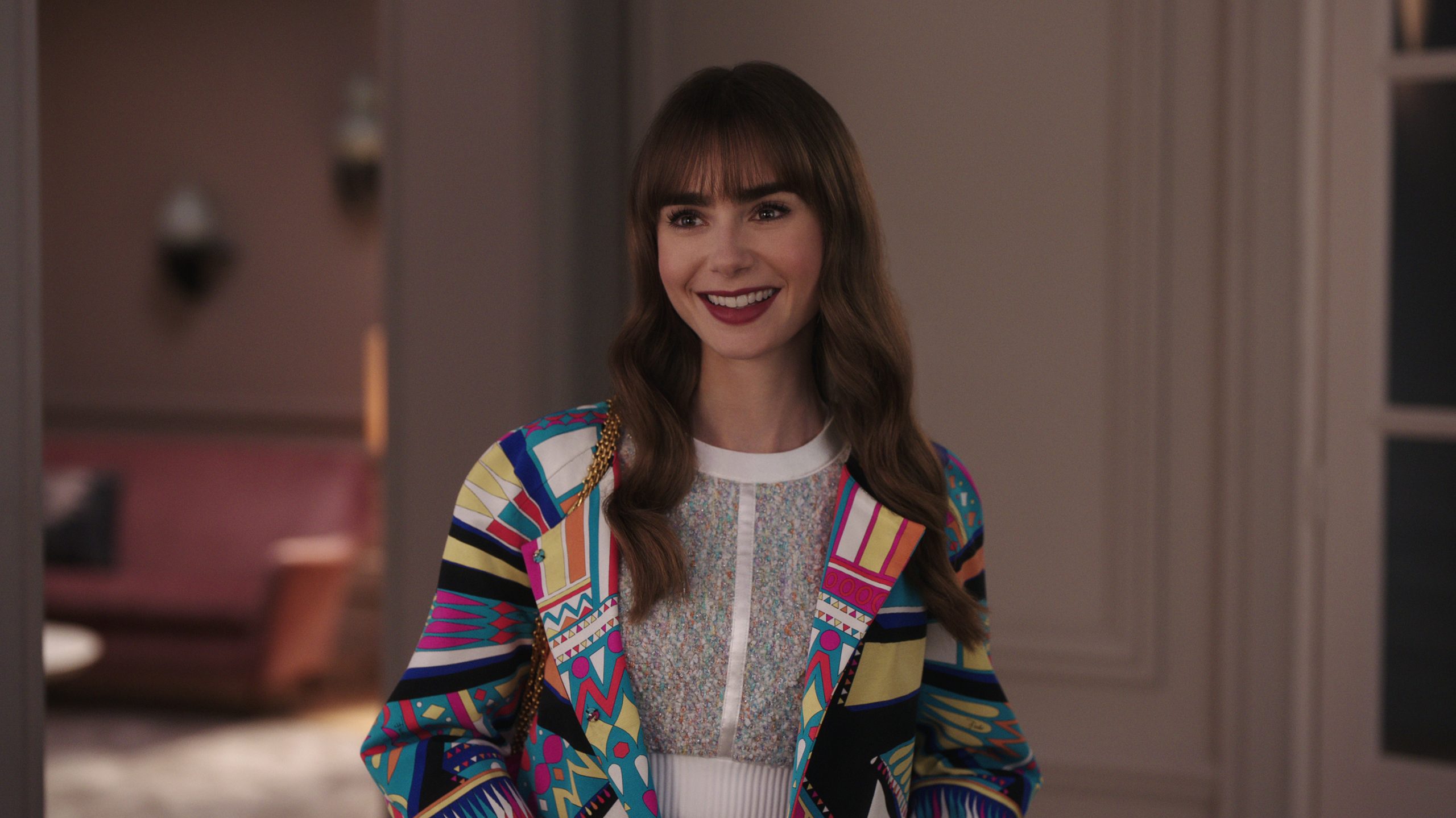
Netflix is unlikely to acquire its rivals, however, as executives underlined its preferred strategy to “build and not buy”. Despite Netflix’s WWE wrestling partnership, it is not expected to pave the way for more sports deals.
WWE was branded a unique live entertainment proposition that boasts a healthy shelf-life, perhaps matched only by the Ultimate Fighting Championship (UFC), which promotes mixed martial arts.
Insiders disputed the suggestion that the war was won, pointing to a future in which a trio of deep-pocketed rivals slug it out for subscribers while simultaneously ensuring that the streaming space remains healthily competitive. At heart they consider the quality of its content to remain paramount.
Emma Cooper, founder of Empress Films, who was responsible for the Netflix documentaries Who Killed Jill Dando? and The Disappearance of Madeleine McCann, said Netflix had not lost sight of what had made it the market leader. “There is a high benchmark of creative excellence,” she said. “They know what their audience wants and deliver it really well by giving filmmakers the freedom to tell stories in the way that they want.”
Patrick Holland, chief executive of Banijay UK, which is responsible for Black Mirror, added that Netflix knows its audience better than anyone. “It has been in the game longer, its data is richer and it has a nuanced set of commissioning criteria around the type of genres and programming tones that work.”
It is also better protected from the impact of the strikes by US actors and writers than its rivals due to its more international slate of shows. With a $17 billion war chest to invest this year, it may not yet have the industry in a chokehold but some of its smaller adversaries might be feeling pinned down.
